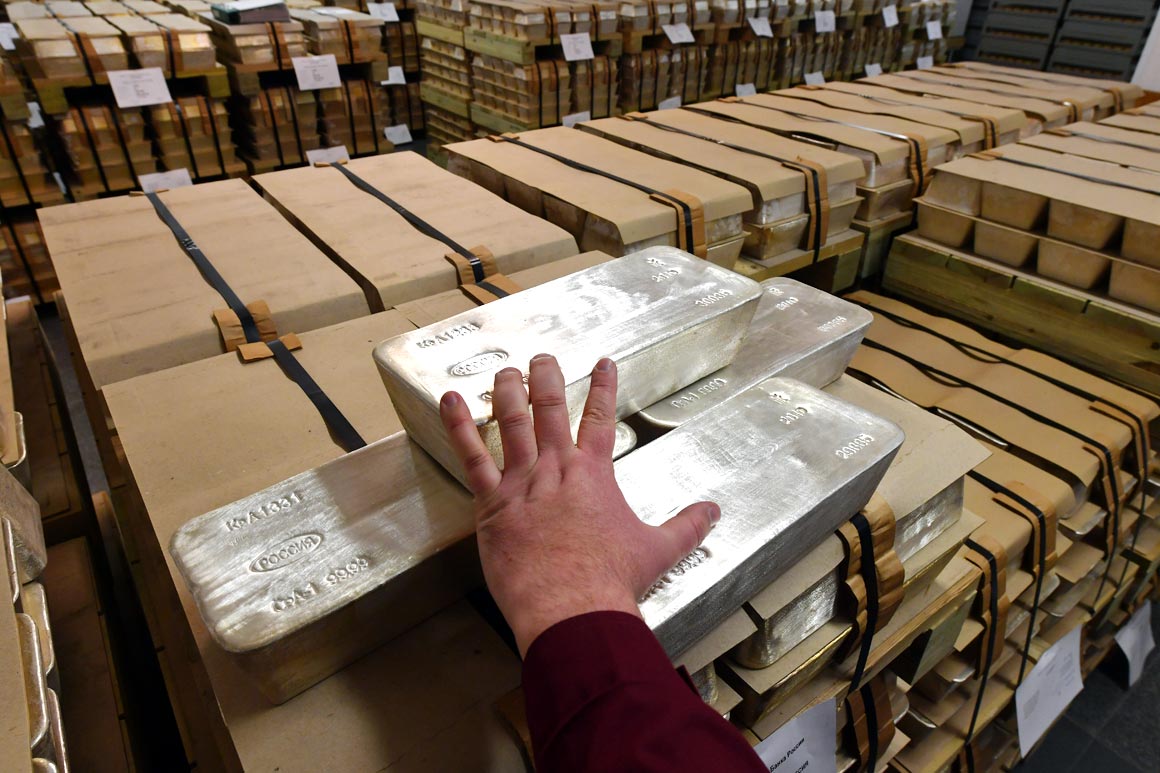The current crisis with the LBMA stems from a massive movement of gold from London to New York, a shift that accelerated in late 2024 due to fears of new trade tariffs and growing demand for physical metal rather than paper contracts.
Timeline So Far
- November 2024: Anticipation of U.S. tariffs on foreign gold triggered an exodus of gold from London, with COMEX inventories swelling to 926 metric tonnes—the highest since August 2022.
- January 2025: Reports of severe gold shortages in London surfaced, with traders facing delivery delays of 4-8 weeks from the Bank of England—far beyond the usual 1-week timeframe.
- February 2025: Major banks, including JPMorgan and HSBC, were actively shifting gold to the U.S. to exploit arbitrage opportunities and hedge against tariff impacts. The BoE insisted there was no gold shortage, just logistical challenges, but refineries in London were reporting empty vaults—a clear sign that physical supply was drying up.
This unfolding crisis raises serious concerns about the London gold market’s ability to function as a reliable hub for physical gold.
So far, over 37 million troy ounces of gold, over 1,152 metric tonnes, have so far been delivered to COMEX vaults.
For the February 2025 contract, deliveries have already exceeded 60,000 contracts, with expectations that they might reach a record of 70,000+ contracts, which would equate to over 7 million troy ounces, roughly 200 metric tonnes for this month alone.
Gold Revaluation
President Trump’s recent Executive Order to create a sovereign wealth fund, along with Treasury Secretary Scott Bessent’s statement about monetizing assets, suggests a shift from traditional fiscal policy of managing liabilities, such as the debt of Treasury Bonds, and instead, leveraging national assets.
The official price of gold in the U.S. was last set at $42.22 per troy ounce in 1973 when the U.S. de-linked the dollar from gold under the Bretton Woods system.
In contrast, the market price of gold in recent weeks has been hovering around or above $2,900 per ounce.
Revaluing gold is being seen as part of a broader strategy to strengthen the U.S. dollar or manage national debt. Revaluing the gold reserves to current market rates, could inject over $750 billion into the Treasury accounts.
The law that set the statutory gold price at $42.22 per ounce in the early 1970s. Adjusting the official price would require Congress to update the Par Value Modification Act of 1972, or would require significant policy shifts at the Federal Reserve.
Why Are U.S. Tariffs Being Blamed?
The recent spike in gold demand in New York coincides with fears of the U.S. government’s new tariffs on foreign gold imports. While the details of these potential tariffs remain uncertain, speculation has forced traders and institutions to act preemptively, pulling gold out of London before any new regulations take effect.
- It incentivizes gold holders to relocate assets into the U.S., strengthening domestic reserves.
- It puts additional price pressure on foreign gold markets, forcing central banks and institutions to buy at higher prices.
Whether intentional or not, this maneuver is driving gold prices higher and exacerbating shortages in the London market.
Consequences of a Gold Market Failure
The longer the LBMA struggles to meet delivery obligations, the greater the risk to its credibility. If traders and institutions lose faith in London’s ability to fulfill gold contracts, they could shift their business elsewhere—perhaps even toward a competing system like the Shanghai Gold Exchange (SGE).
This crisis has already caused:
- A surge in gold prices—as scarcity fears drive up premiums.
- Increased gold leasing from central banks—indicating stress in the system.
- A shift in market sentiment toward physical gold—investors preferring bars and coins over paper gold contracts.
This should be a wake-up call for retail investors. The world’s most established gold market is struggling to meet demand, what does that say about the future of paper-based gold investments?
What Investors Should Do Now
- Own Physical Gold – If major institutions rush to secure real metal, so should you. Coins and gold bars offer direct ownership without counterparty risk.
- Avoid Paper Gold ETFs – If you can’t redeem your shares for actual metal, you’re exposed to the same risks as those currently facing COMEX and LBMA traders.
- Watch for Higher Gold Prices – With gold recently hitting $2,920 per ounce, analysts believe we could see $3,500 or higher before year-end.
- Diversify with Silver – Historically, silver lags behind gold in bull markets but follows an upward trajectory. Silver could also see a significant breakout if gold is in a supply crunch.
Changing Gold Market
The current LBMA gold delivery crisis is more than just a temporary logistical hiccup—it’s a sign of deeper stress in the global financial system. The world is waking up to the fact that paper promises are not the same as real gold and that institutions will prioritize their own interests over retail investors when the need arises.
With gold supply tightening, central banks repatriating their reserves, and COMEX inventories swelling, the balance of power in the gold market is shifting. Whether London regains its footing or another gold hub rises to dominance, one thing is clear:
If you don’t hold it, you don’t own it.





